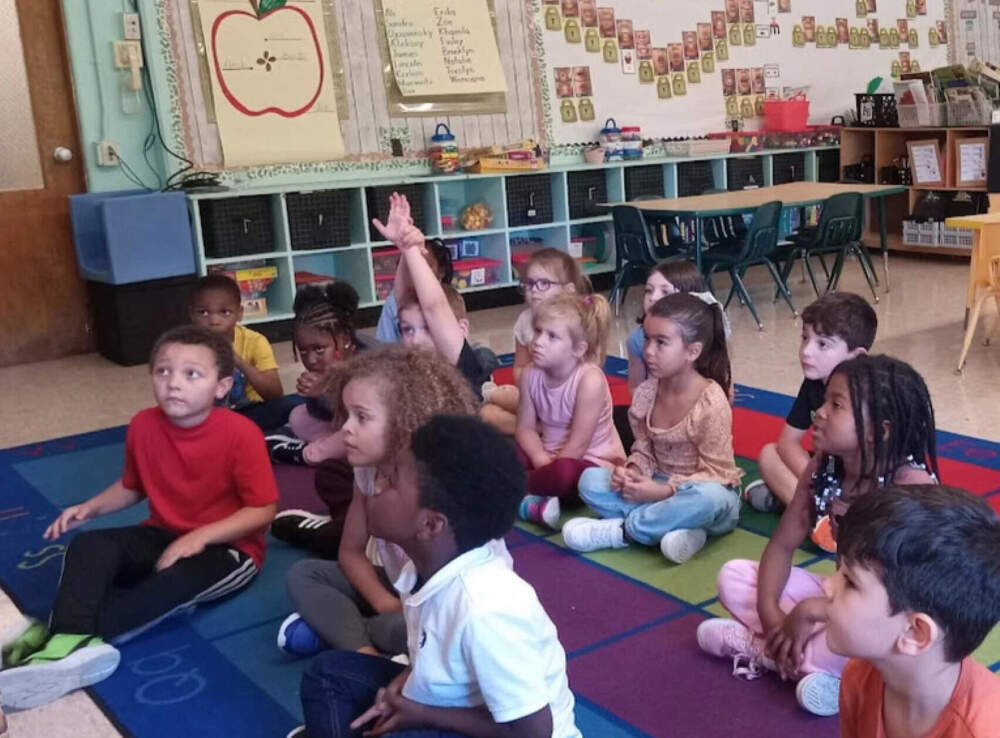Advertisement
Mass. school districts will receive $8.6 million more for low-income students after data correction

Eighty-eight Massachusetts public school districts are expecting to receive additional funding, according to the state's Executive Office of Education (EOE). Officials said they resolved a "data matching issue" calculating the number of low-income students in districts.
The revision increased the number of students by about 1,200, out of about 415,000 low-income students statewide.
The aid, totaling just over $8.6 million, comes through Massachusetts education funding law known as Chapter 70, which is currently going through the budget process. A spokesperson said the Healey administration has shared the information with House Ways and Means.
The amounts allotted vary widely. In the western part of the state, Springfield Public Schools will see an additional $587,478, while North Adams is expected to receive an additional $7,557.
The formula for school funding in Massachusetts is complicated. The state considers both an individual student's income level and the concentration of low-income students in a district.
Pittsfield schools are an outlier in terms of impact, the EOE spokesperson said. That district will receive another $2.5 million.
Low-income students were also documented in 125 districts that won't see an increase in aid, among them, Amherst, Boston, Dartmouth, East Longmeadow and Gill-Montague.
Under Massachusetts 2019 Student Opportunity Act, the state Department of Elementary and Secondary Education (DESE) is required to identify eligible students up to 185% of the Federal Poverty Level for the purpose of determining Chapter 70 aid and charter school tuitions.
In response to this requirement, DESE has augmented its match with state databases for public assistance programs and created the "Supplemental Low-Income Data Collection" to give school districts and charter schools the opportunity to claim the number of students who qualify as low income under the 185% FPL standard, but who are not currently being identified through the state's match.
This story is a production of the New England News Collaborative. It was originally published by New England Public Media.